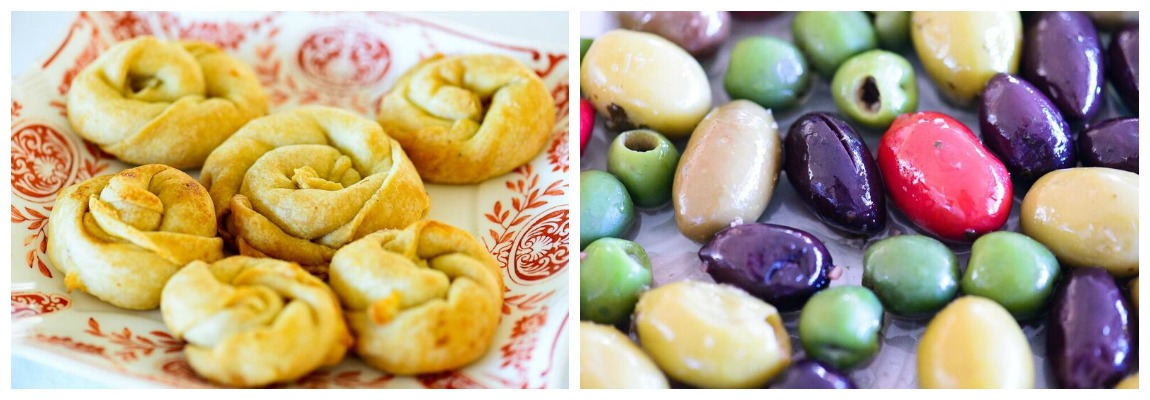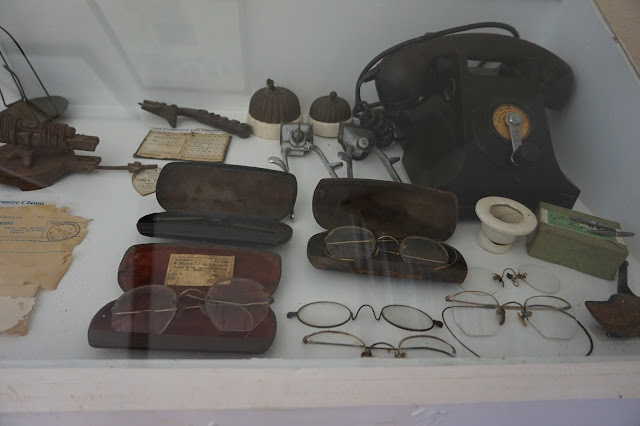Australia has some creatures which are unlike ones we have encountered - one such is the Echidna, also known as the spiny ant eater or to give it its proper name tachyglossus aculeatus - its lucky I speak Greek - this means a spiny quick tongue which is an accurate desctription of it. It looks like a hedgehog but in fact this strange little creature is a monotreme, a mammal that lays eggs.
They are mainly nocturnal so since we moved here we have been hoping to see one on all our trips but failed to spot them until Carnarvon where we saw them on several occasions, digging for termites on a fallen log in the dark, and digging for ants around some plants in the day time. They use their long pointy snout to catch the ants and the termites which are definitely their favourite food.
They have a lower body temperature then mammals and they have legs which bend outwards and forwards which gives them a kind of waddle when they walk. If attacked they roll into a ball or they try and hide, until the danger is over. They do hibernate so seeing them is lucky.
After what seems a fairly long and elaborate mating the female lays one egg in its pouch and it hatches into a blind, soft, hairless little echidna called a puggle. It stays in its mums pouch sucking on the milk patches until it develops its spikes and then it is booted out but will continue taking milk for up to six months. Spot the echidna ...
So there you have it - now you know what a puggle is.




















































